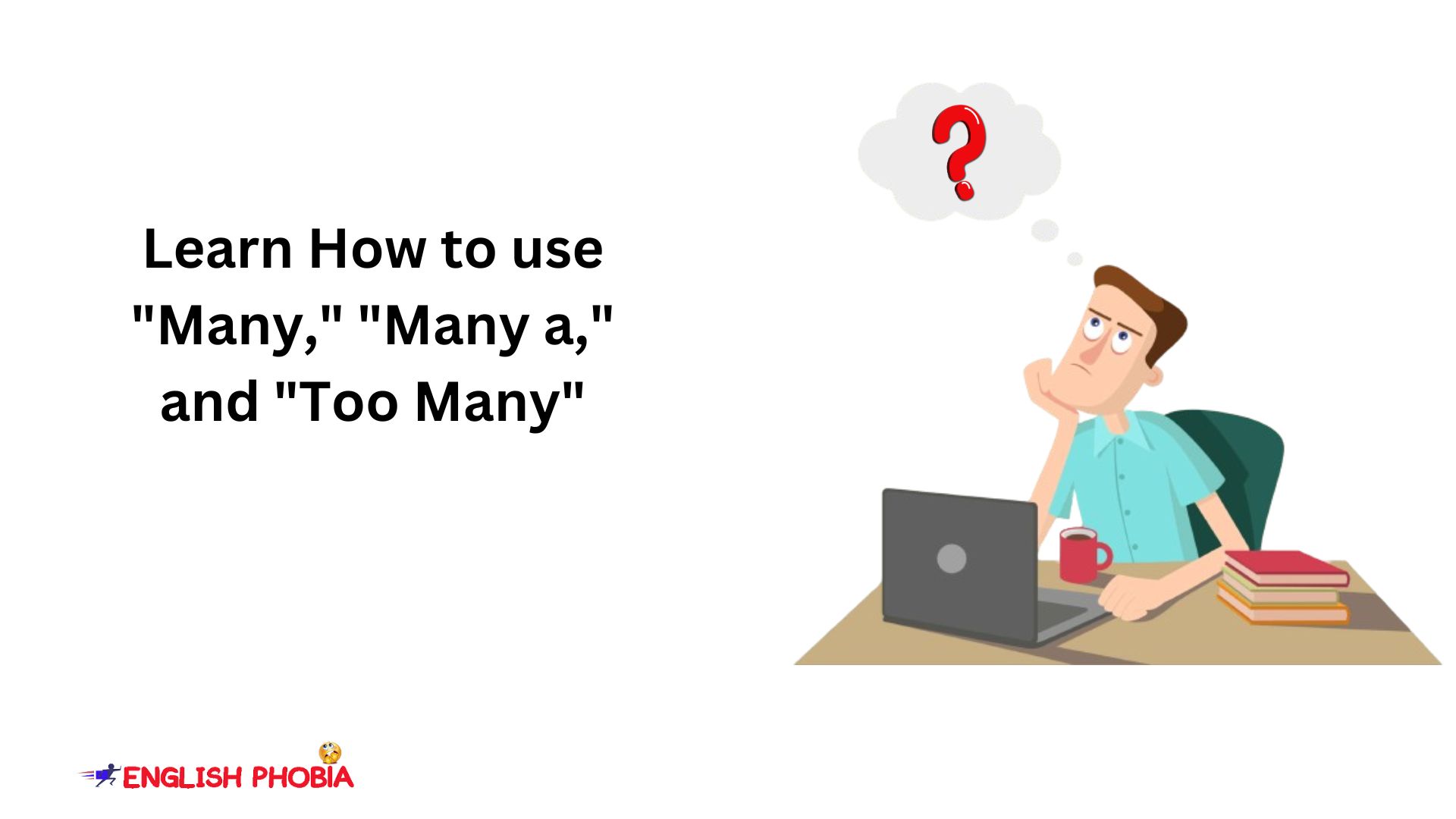Are you also confused with guy uses of objects in English? The types of objects play an important role in sentence formation. If you know how to use objects in English, you can play with words easily. These rules will enable to you use the correct format of using multiple objects together. It will help you with long and attractive sentences.
In this article, you will learn the rules to use objects in sentences. We will explain each rule with many examples. These will help you understand it like the back part of your hand.
Rule 1: Subject + Verb + Direct Object (Single Object)
In this structure, the subject does an action on a single object. The direct object is the recipient of the action and answers the question “what” or “whom.”
For example,
1) Roma baked a delicious cake.
Direct Object: cake
2) Kundan read an interesting book.
Direct Object: book
3) They built a new house.
Direct Object: House
4) The chef prepared a gourmet meal.
Direct Object: meal
5) My soulmate bought a beautiful painting.
Direct Object: painting
You can easily locate a direct object (non-living things) in a sentence easily. You can question the verb with “What”. The answer you receive will always be a direct object. It comes just after a verb.
Rule 2: Subject + Verb + Indirect Object + Direct Object (Double Objects)
Sometimes, the sentences have two objects. Both the indirect object and the direct object come in a sentence. An indirect object is a living object. While the direct object is a non-living thing. It answers the question to/for whom for an indirect object. It answers to/for what for a direct object.
Note:- When you want to use both objects in one sentence, always use indirect (living object) first.
For example,
1) Neha gifted her sister a beautiful watch.
Indirect Object: sister
Direct Object: watch
2) Sumit sent his mother some flowers.
Indirect Object: mother
Direct Object: flowers
3) They showed the audience an incredible performance.
Indirect Object: audience
Direct Object: performance
4) The company offered its employees attractive benefits.
Indirect Object: employees
Direct Object: benefits
5) My class teacher taught the students a challenging lesson.
Indirect Object: students
Direct Object: lesson
Rule 3: Possessive Form (Single Object)
We also use nouns to show the possessive case of nouns. In such cases to show ownership or possession with the noun. We add an apostrophe and “s” (‘s) at the end of a noun.
For example,
1) Sarah’s book was on my table.
Possessive form of Sarah: Sarah’s
Object: book
2) The dog’s tail was wagging happily.
Possessive form of dog: dog’s
Object: tail
3) The principal praised the student’s project.
Possessive form of student: student’s
Object: project
4) Karan’s brother is pursuing B.Sc. from Bihar board.
Possessive form of Karan: Karan’s
Object: Brother
5) Kundan’s student is in an MNC company.
Possessive form of Kundan: Kundan’s
Object: student
Likewise, you can use these objects in your sentences.
Rule 4: Reflexive Pronouns with Verbs of Action (Single Object)
We use reflexive pronouns when both the subject and the object are the same. It shows that the subject does the action himself. We use them in sentences when the subject does anything on his own.
For example,
1) Neha brushed her hair herself.
Object: hair (refers to herself)
2) Anmol hurt himself in school.
Verb: hurt
Object: Himself
3) The students blamed themselves for the mistake.
Object: themselves
4) I hid myself under the table.
Object: Myself
5) The team pushed itself to the limit.
Object: itself
The use of reflexive pronouns shows self-action. It can deepen your writing.
Rule 5: Indirect Object Pronouns (Double Objects)
As we all know the definition and types of pronouns. The Indirect object pronouns replace the indirect object noun. It often comes with a direct object. It generally answers the question to/for whom or to/for what.
For example,
1) She gave him a birthday present.
Indirect Object: him (replaces “friend”)
Direct Object: present
2) Rakesh sent me a thank-you note.
Indirect Object: me (replaces “friend”)
Direct Object: note
3) They showed us their new house.
Indirect Object: us (replaces “friends”)
Direct Object: House
4) The manager offered them a promotion.
Indirect Object: them (replaces “employees”)
Direct Object: promotion
5) Life teaches us important skills.
Indirect Object: Us (replaces “people”)
Direct Object: skills
You will have to practice these rules and make some sentences likewise. You will master these rules in no time.
I hope these rules on how to use objects were understandable to you. In case you have any doubts, please let us know in the comment below.












10/10 With the ready of topics and it’s Examples 😊
It was nice 👍